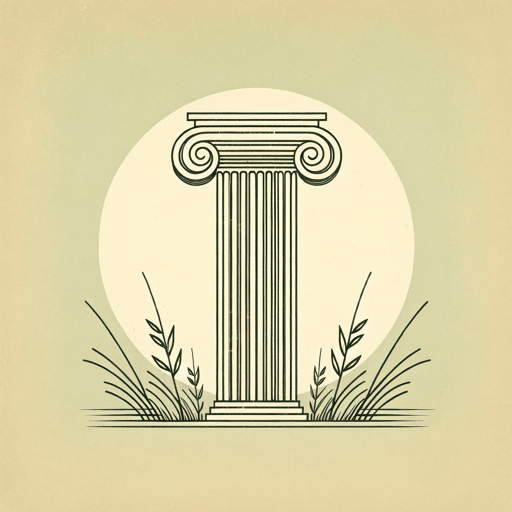110 pages • 3 hours read
Jay HeinrichsThank You for Arguing: What Aristotle, Lincoln, and Homer Simpson Can Teach Us About the Art of Persuasion
Nonfiction | Book | Adult | Published in 2007A modern alternative to SparkNotes and CliffsNotes, SuperSummary offers high-quality Study Guides with detailed chapter summaries and analysis of major themes, characters, and more. For select classroom titles, we also provide Teaching Guides with discussion and quiz questions to prompt student engagement.
Reading Questions & Paired Texts
Reading Check and Short Answer Questions on key points are designed for guided reading assignments, in-class review, formative assessment, quizzes, and more.
Parts 1-2, Chapters 1-4
Reading Check
1. According to Heinrichs, what are the two tools a persuader must have to shape the outcome of an argument, as described in Chapter 2?
2. What are the three “megatools” of rhetoric described by Aristotle, according to Heinrichs in Chapter 4?
Short Answer
Answer each question in at least 1 complete sentence. Incorporate details from the text to support your response.
1. In Chapter 1, Heinrichs opens the book with a personal story about his teenage son (George) winning an argument with Heinrichs about a tube of toothpaste. What is the point of this anecdote?
2. Why does Heinrichs say it’s important to remember Little Orphan Annie when arguing in the future tense?
Paired Resource
- St. Augustine is held up by Heinrichs as an example of a man who devised successful rhetorical strategies for converting non-Christians to Christianity. This English Heritage article explores St. Augustine’s life and legacy.
- Connects to the theme of Persuasion Is Not About the Persuader
- Using the terminology of Thank You for Arguing, what were the two main tools St. Augustine used to persuade potential new followers to Christianity?

